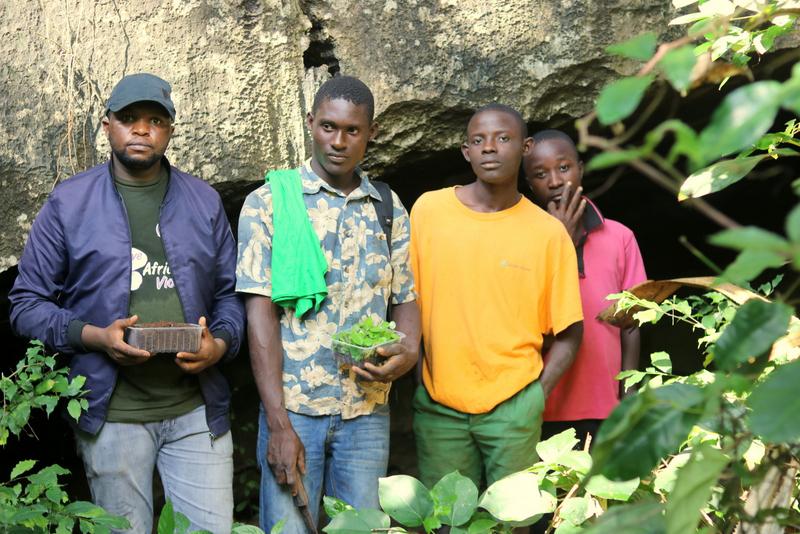Cornelius Kyalo
Other projects
29 Sep 2020
Empowering Local Communities in Biodiversity Conservation: Towards the Conservation of Threatened African Violets (Streptocarpus) at the Coastal Biodiversity Hotspot of Kenya
8 Apr 2022
Improving the Conservation Status of African Violets in Coastal Kenya: Expanding Community-Centered Efforts towards Threats’ Reduction, Habitat Restoration, and Species Recovery
Kenya’s coastal forests occur as fragments (part of the Coastal forests of Eastern Africa biodiversity hotspot) that are home to almost half of the country’s flora and millions of people, thus a priority for sustainable conservation efforts. Except the larger fragments (e.g., Arabuko-Sokoke and Shimba hills) that enjoy government protection, the smaller fragments (averaging 6.7Km2) are either unprotected (individual or clan ownership) or protected by the local communities as sacred sites. Among the unprotected fragments, are three extremely fragmented limestone outcrops Cha Simba, Mwarakaya, and Pangani forests that offer refuge to rare, endemic and threatened plant diversity. However, the three fragments are rapidly degrading (from agricultural expansion, and limestone mining) and have witnessed limited habitat-based conservation efforts.

Rescue of African violets’ seedlings in Chasimba. © Cornelius Kyalo.
Previously, while targeting Streptocarpus ionanthus subsp. rupicola (African violets), we observed the urgency for restoration and in-situ boosting of other threatened plant species’ populations. Basing our efforts on numerous species of conservation concern will halt destructive activities (e.g., our efforts to conserve African violets in Cha Simba last year stopped a proposed mining project). Thus, extending such efforts in similarly threatened habitats could avert biodiversity loss (lack of conservation efforts caused loss of an African violets population in Mwache forest). Thus, the best approach to conserve threatened plants is through restoring their habitats while boosting their in-situ populations. Here, we aim to;
1) establish more in-situ recovery sites for the African violets in Pangani, Mwarakaya and Cha Simba neighborhoods (conservation reintroduction),
2) propagate and transplant over 7000 indigenous seedlings,
3) build capacity of local communities (through training local para-taxonomists and establishing nature-based livelihoods), and
4) establish conservation/management plan of the target fragments through Community Forest Associations (CFAs).
Header: Propagation of indigenous tree seedlings in progress in existing nurseries. © Cornelius Kyalo.